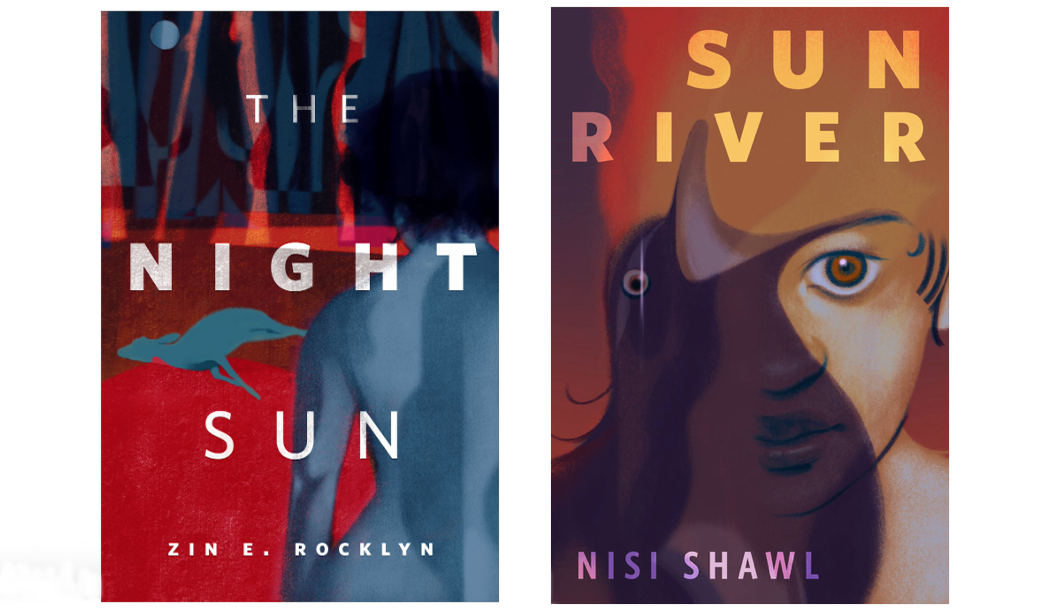Finding a Specific Beat
Creating images for books is a rewarding experience for illustrators. Books hang around for a long time, unlike many of the applications illustration is put to, and collaborating with the book designer means that both creatives contribute to a cover that can play a major part in the success of a title.
Xia Gordon, aka carefulblackgrl, is based in New York and has illustrated a range of books from horror to a classic, including fiction and non-fiction, for publishers such as Penguin Random House, Macmillan and Penguin Classics. We asked Xia about her experience of creating cover artworks.
What do you like most about creating book covers?
I really enjoy trying to parse the parts of a story that both summarize and make an engaging image. Or sometimes, zero-ing in on a specific beat that affected me while reading. I think I like the fact that I am constantly being introduced to new stories or ways of storytelling when working on book covers.

And did you create specific images to show publishers (before you were commissioned) that showed how your work fits covers?
Not that I can remember! I think I’ve been lucky enough to have publishers or art directors reach out to me after having seen my editorial work.
How are you briefed for a cover? (are you given a manuscript or a defined brief from the art director)
It’s a bit of a mixed bag (which is always pretty exciting!) Sometimes a director and their author have a specific idea they want to have executed in my “style” and will send over a pretty short and sweet defined brief, and other times I’m given a manuscript and invited to just “do my thing.” Other times, and usually when the commissioner is a creative themselves, I’m brought a combination of the two and it ends up being more of a collaboration.

Composition for covers is important – do you discuss the placing of cover text with the art director to ensure the design works?
I do – after I finish a round of sketches or am close to finishing the piece, I’ll share it with the art director or editor and get any idea of how the text may be placed. Sometimes there’s a bit of back and forth, but we usually land on a design that feels great for the both of us.
How does it feel to be involved with the stories in the books you’ve created images for?
It’s something I sort of depend on now, as a way to jumpstart inspiration. It’s important for me to have a vault of media – music, written work, film – to pull from as a jumping off point for my commercial and personal work. So, I feel really lucky to have the opportunity to interact with these stories and to help visualize them.

Where do your characters come from (you’ve done historical and contemporary people)?
The characters that are not directly referenced, are imagined usually. When it comes to historical reference or when referencing someone still alive, sometimes the publisher will send a few approved images that they’ve bought the rights to or had made themselves with an internal photo shoot. Most of the time though, I’m Frankenstein-ing dozens of references from online/books together to make my own reference.
For the imagined characters – I’m always collecting images, music, and stories about people places or things that I find interesting when I’m not working on anything, and those things end up finding their way into the work, even if I’m not directly referencing. For example, if the cover calls for an imagined character, and the concept we’ve landed on focuses on a specific physical aspect of the character like the eyes, I might have just listened to the song “Green Eyes” by Erykah Badu and decide to make the character’s eyes green. Or if the main ‘character’ of the illustration is something more abstract like a setting or mood, I’ll reference a film that had that similar setting or mood in the work.
You’ve illustrated a Jean Toomer classic, Cane, for Penguin. Are there other titles you’d like to tackle?
I hope to one day be able to illustrate a cover for The Parable of the Sower, any other Octavia Butler titles and even some film posters.
Read More
Site Specific Illustration interview with mural expert Sam Roberts here
Illustration for Children Season interview with illustrator Alex T Smith here
Editorial Season interview with AD Sarah Habershon of The Guardian here
Branding Season interview with Uncommon Studio’s Jhy Turley here
